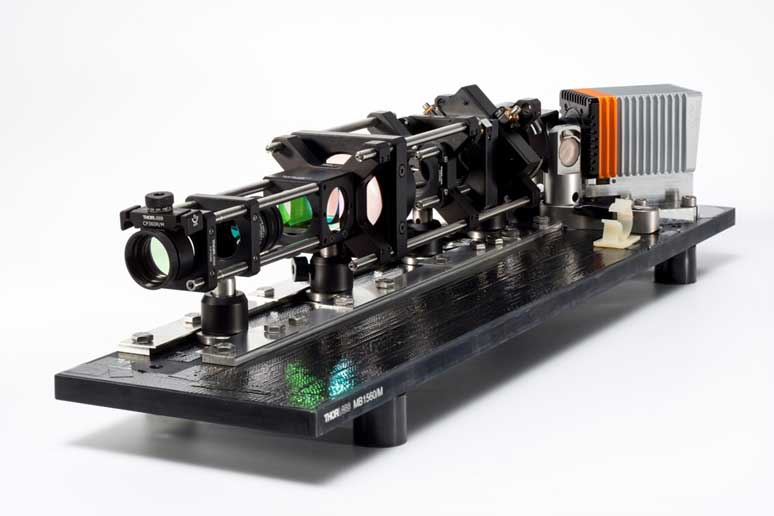TNO Prepares to Build Breakthrough Emissions Monitor
TNO and its partners have recently proven the feasibility of a new instrument technology that could significantly improve the detection of small-scale greenhouse gas emitters, and enable the quantification of emissions from individual sources. Now, the team is gearing up to make the proven concept a reality, and take steps towards industrialisation.
Observation from space for a cleaner earth
For more than 35 years, TNO has been putting its expertise to work in the field of earth observation technology. And, in particular, the challenges and opportunities of mounting small instruments on small satellites that can help both governments and industries monitor and address some of society’s biggest challenges. HIGS is the latest development, and has the potential to be a major breakthrough technology for earth observation, atmospheric monitoring and climate change reversal. HIGS’s basic technology was developed over the past years as part of TNO’s R&D programs.
Proof of concept

During a feasibility study completed in early 2022, the HIGS consortium proved that the HIGS instrument enables measurement of atmospheric composition with higher spatial resolution and accuracy. HIGS has high sensitivity to relative differences in gas concentrations on small spatial scales. It can therefore detect weaker greenhouse gas sources and help quantify emissions from individual sources. Moreover, HIGS is an imager technology that provides a 2D image of a scene, like a camera. This improves the monitoring of emission plumes, compared to conventional spectrometer instruments that ‘scan’ scenes for emissions. With proof-of-concept in hand, the consortium recently applied for Small Business Innovation Research (SBIR) funding from NSO (Netherlands Space Office) to take HIGS to the next level of development.
Demonstrating the value
In phase 2 of the project, the consortium aims to prove HIGS’s status as a breakthrough technology in earth observation for atmospheric monitoring, and thereby contribute to solutions for challenges like pollution and climate change. After building a reference instrument for demonstration, the team will perform both controlled lab testing and actual field tests. This will clarify how the HIGS instrument can contribute to, for example, detection of methane (CH4) and nitrogen dioxide (NO2). During phase 2, the team aims to demonstrate just how precise HIGS can be.
At the same time, the consortium will take the next steps in industrialising the technology. Both the science team and the industry team will define the targeted requirements for a commercial emissions monitoring system for use by, for example, the oil and gas industry.
Partnership for change
TNO has an ongoing cooperation with Leiden University on the further development of the HIGS technology. For the SBIR project, TNO partnered with the leading minds in earth observation and atmospheric monitoring, the Netherlands Institute for Space Research (SRON) and the Royal Netherlands Meteorological Institute (KNMI). In the project, they work with ISISpace and Airbus Defence & Space Netherlands to make HIGS a reality and bring it one step closer to industrial realisation. In addition, TNO works with ESA to study the potential of this technology for future satellite missions.
Let yourself be inspired
Practical emission measurements


